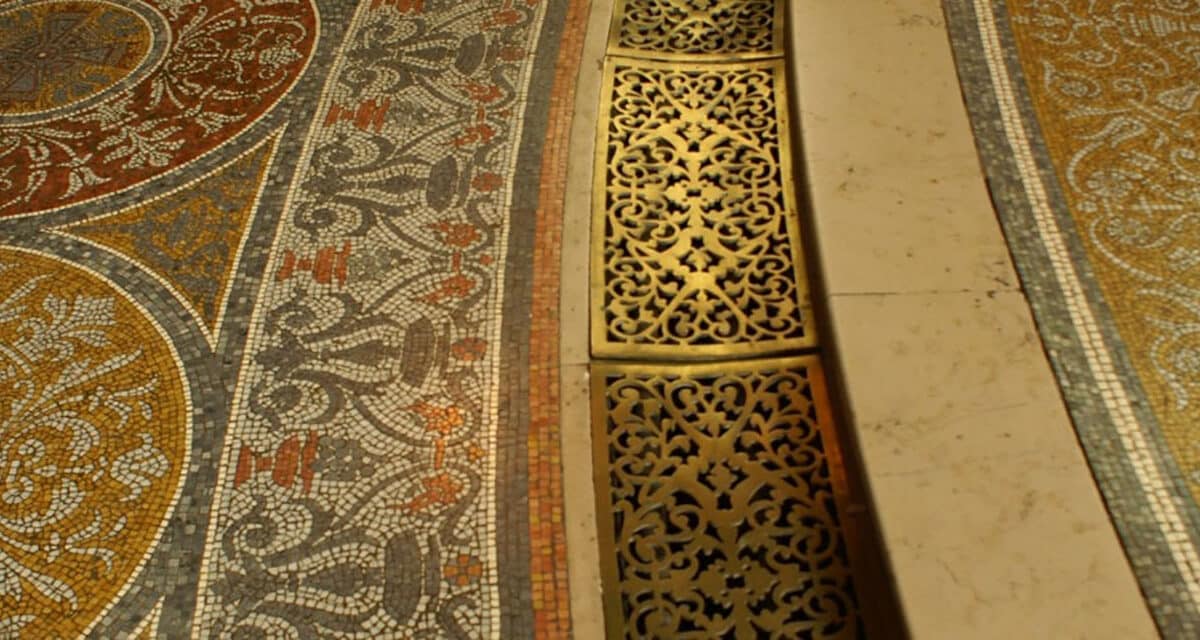The Diocesan Advisory Committee for the Care of Churches (DAC) exists to advise parishes and others on church buildings and works to them, ranging from a major extension to the installation of a new light fitting, reordering the church interior or repairing the roof. This includes advice to the Chancellor on granting permissions through the faculty system.
The DAC can offer expert advice to parishes on clocks, bells, organs, historic buildings, art, architecture, archaeology, furniture and plate.
As well as being involved in the Faculty process, the DAC advises on proposals for the redundancy of churches and helps in the appointment of Quinquennial Inspectors.
DAC Committee members have experience relating to various aspects of church buildings. Committee members include clergy, architects and furniture experts. The Chair is Mrs Annie Hampson OBE.
DAC Members 1 August 2019 to 31 July 2025
| Member | Role / Expertise |
|---|---|
| Mrs Annie Hampson OBE | DAC Chair, Diocesan Synod member, planning legistation and church buildings |
| The Ven. Adam Atkinson | Archdeacon of Charing Cross, ex officio member |
| The Ven. Peter Farley-Moore | Archdeacon of Hackney, ex officio member |
| The Ven. John Hawkins | Archdeacon of Hampstead, ex officio member |
| The Ven. Luke Miller | Archdeacon of London, ex officio member |
| The Ven. Richard Frank | Archdeacon of Middlesex, ex officio member |
| The Ven. Catherine Pickford | Archdeacon of Northolt, ex officio member |
| Dr Roger Bowdler | Historic England nomination; expert knowledge of Monuments & Church buildings |
| Ms Rosie Fraser | Knowledge of church communities and links with project structures |
| Mr Alan Frost | Conservation Architect, Bells specialist, Lighting specialist |
| Mrs Kathryn Harris | Knowledge of the Church Community; Accredited Conservation Architect |
| The Rev’d Katherine Hedderly | Clergy representative, understanding of sustainability and business plans |
| Mr Patrick Hegarty | Landscape Specialist |
| Ms Sarah Khan | Conservation Architect |
| Dr Mark Kirby | Historic church furnishings specialist |
| Ms Laura Moffatt | Expert of contemporary fine art and commissioning works of art |
| Mr John Norman | Organ and acoustics specialist |
| Ms Becky Payne | Open churches and community engagement specialist |
| Mr Kenneth Powell | Expert of architectural history |
| Mr Mark Price | Local authority representative |
| Mr Michael Royalton-Kisch | Qualified and practicing surveyor |
| The Rev’d Jonathan Rust | Surveying and parish development specialist |
| Mr Matthew Saunders MBE | Joint National Amenity Society Committee Representative: Historian |
| Mr Alex Sherratt | Architect, understanding of regeneration projects and community |
| Mr Robert Thorne | Architectural history specialist; Planning |
| Mr Robert Whytehead | Archaeological specialist |
